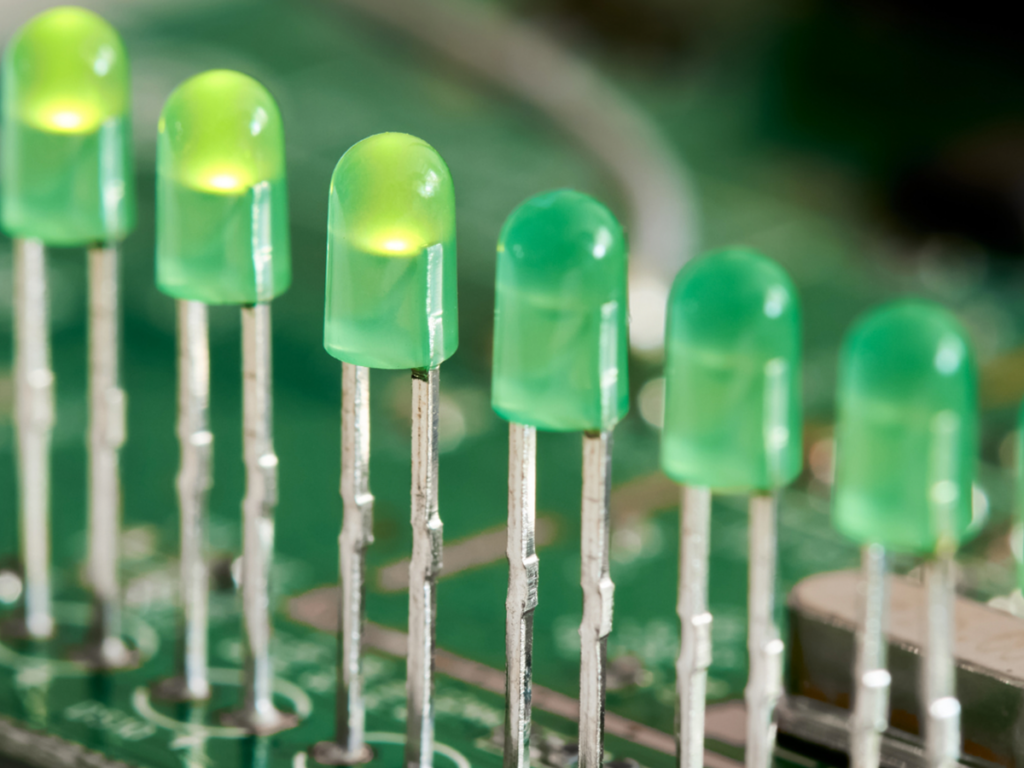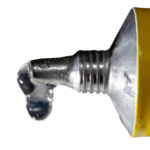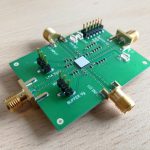
Since 1980’s PCB services have been arguing regarding the advantages of through-hole vs. surface mount technologies. Until the invention of surface mount technology in the 80’s, Through-hole technology was the original assembly process that dominated the industry. Through-hole LED are light emitting diode that attach to the circuit board using two long wires. The bonds that are created between the through-hole LEDs or other through-hole electronic components and circuit board are far stronger than the surface mount LEDs making THT LED the preferred choice. Through-hole technology components are also easy to swap out making them favorable for testing and prototypes. They are also very cost efficient and do not create backward illumination. There are many different types of through-hole LED lights.
Tower LED
All applications that require switches, instruments, icon backlighting, and general status indication, through-hole tower LEDs are considered favorable. Technology based LED lamps are of three types. For low to moderate light requirements the chips with Gap technology are considered more favorable, and for high brightness requirements the ones with AllnGaP and InGaP technologies are considered to be favorable.
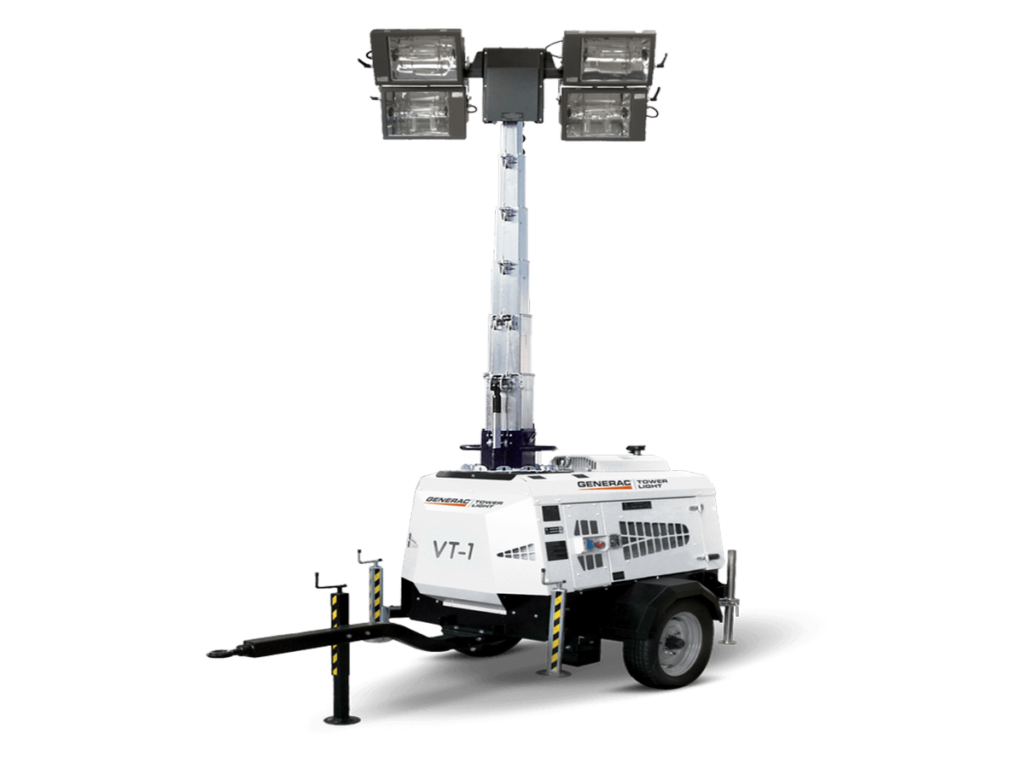
Through-hole tower LEDs come in different forms, 1.8mm round, 2mm flat top with built in resistor and has variety of colors to choose from like green, red, white, blue, yellow and orange.
Super Flux LED
Super Flux LEDs consists of 4 pins and come in rectangular form. The packages offered in these devices are 3mm, 5mm, and flat lens packages and the color choices can vary between green, red, yellow, white, blue, orange and RGB. For applications that require backlight, automotive and specialty lighting, super flux LEDs are favorable. Out of these the 5mm is the brightest for its size. To produce a wide angle each has a huge lens. These LED lights are very useful in custom installations in which you need bright light and wide view angles. If you compare it with other through-hole LEDs, super flux LEDs have the lowest thermal resistance. And due to this reason they can work with a wider range of temperature.
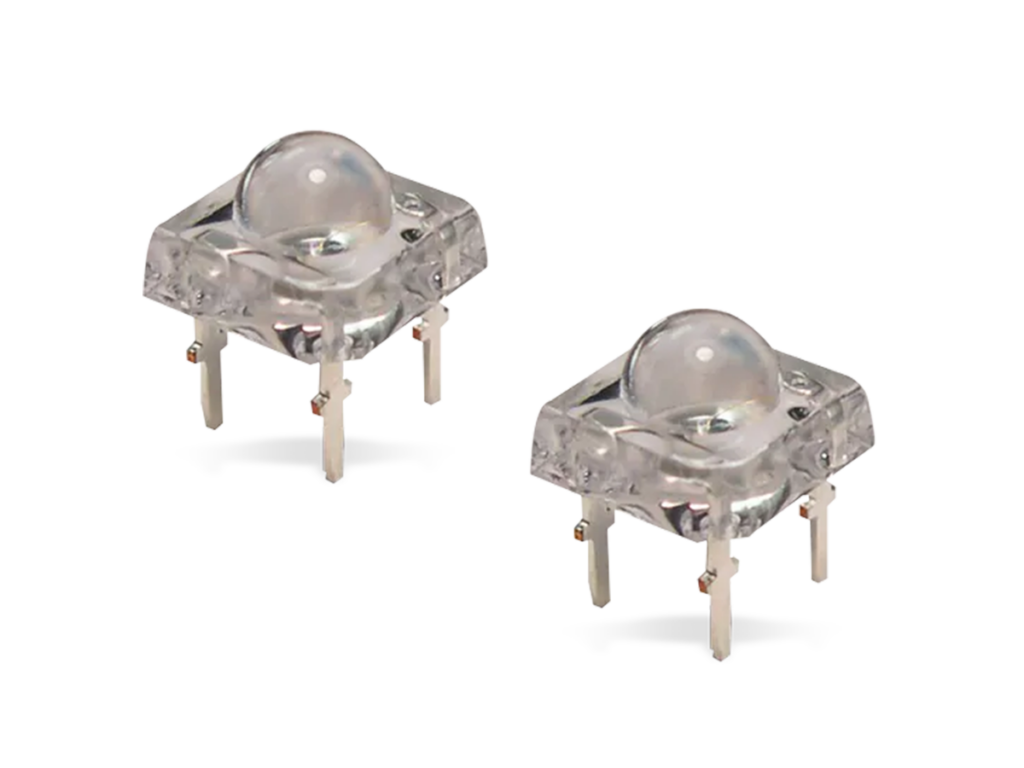
Multi-Color LED
For application requirements like switches, icon backlighting, status indication, instruments etc., multi0colored LEDs are considered more suitable. They come in a variety of packages like 3mm, 5mm, and 8mm, 2.5 rectangular and cylindrical LEDs. There are color combinations in through-hole bi LEDs that exist in red-green and yellow-green. The two chips included in them are bi color and bipolar types. It also has through-hole tri-color LEDs that exist in re-green-blue and red-green-yellow color combinations.
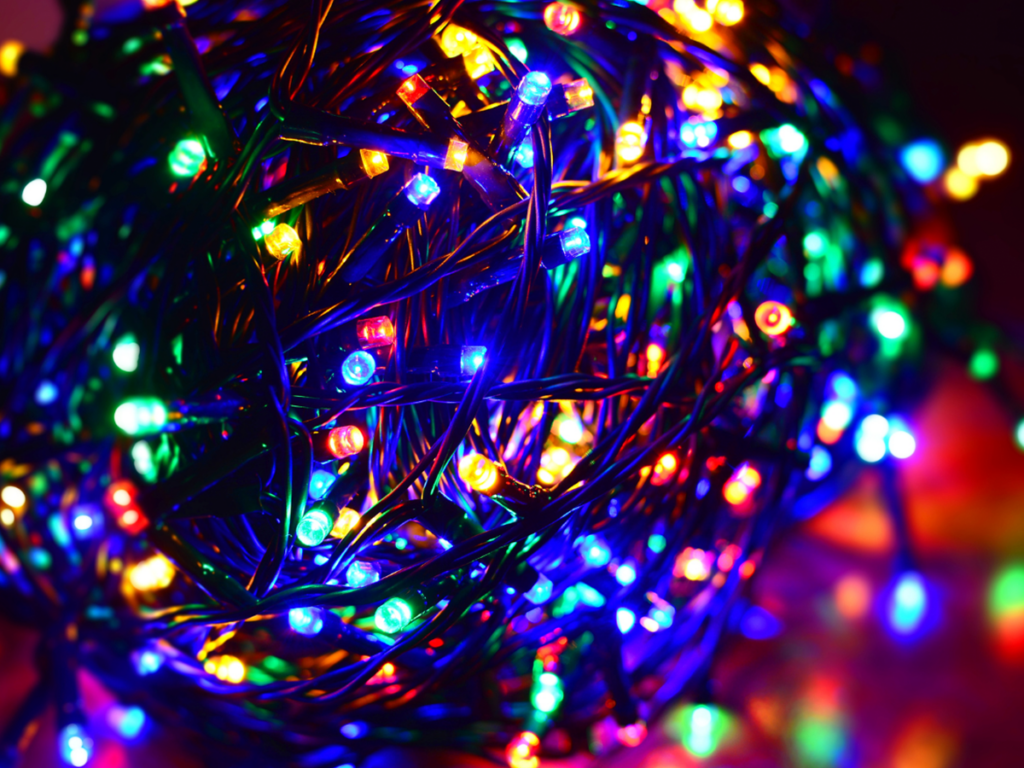
Wing Lead LED
These type of LEDs are manufactured for close placement replacing the traditional through-hole mounted through-hole electronic components and are designed for modern printed circuit boards (PCBs). These can be used for top mount or reverse mount and are available in several lead configurations. It comes in a variety of packages like flat top, dome and rectangular. The colors available include green, yellow, red, white, blue, and orange. Wing lead LEDs are more suitable for industrial, automotive, mobile, and consumer electronic applications.
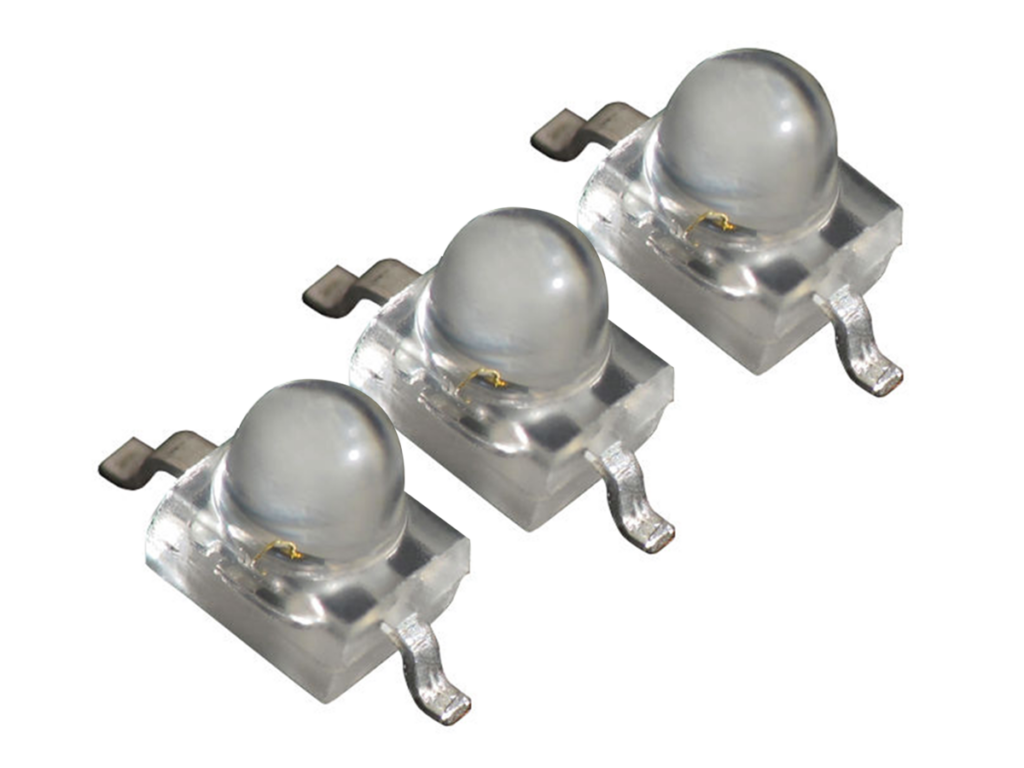
Circuit Board Indicator LED
Circuit board indicator LED Lights come in a black plastic holder which is combine with Lucky light LED lamps. These LED lights also come in a variety of packages like top view or right angle, and horizontal or vertical arrays that are easy to assemble. These include 2mm, 3mm, and 5mm packages. The colors available include green, red, and yellow, white, blue, orange that come in single-level, bi-level, tri-level, quad-level, dual-block, and tri-block and quad-block versions. These can be used in industrial, automotive, IoT medical applications.
